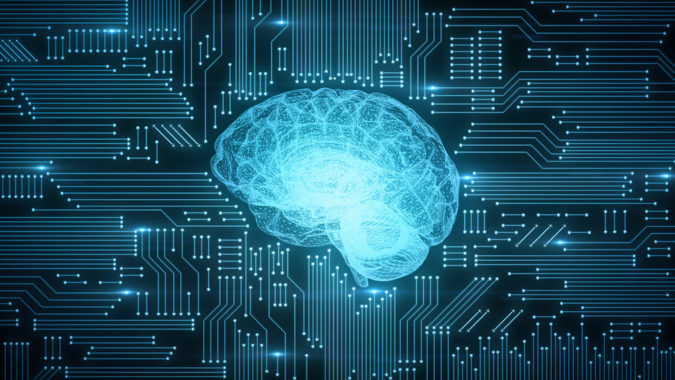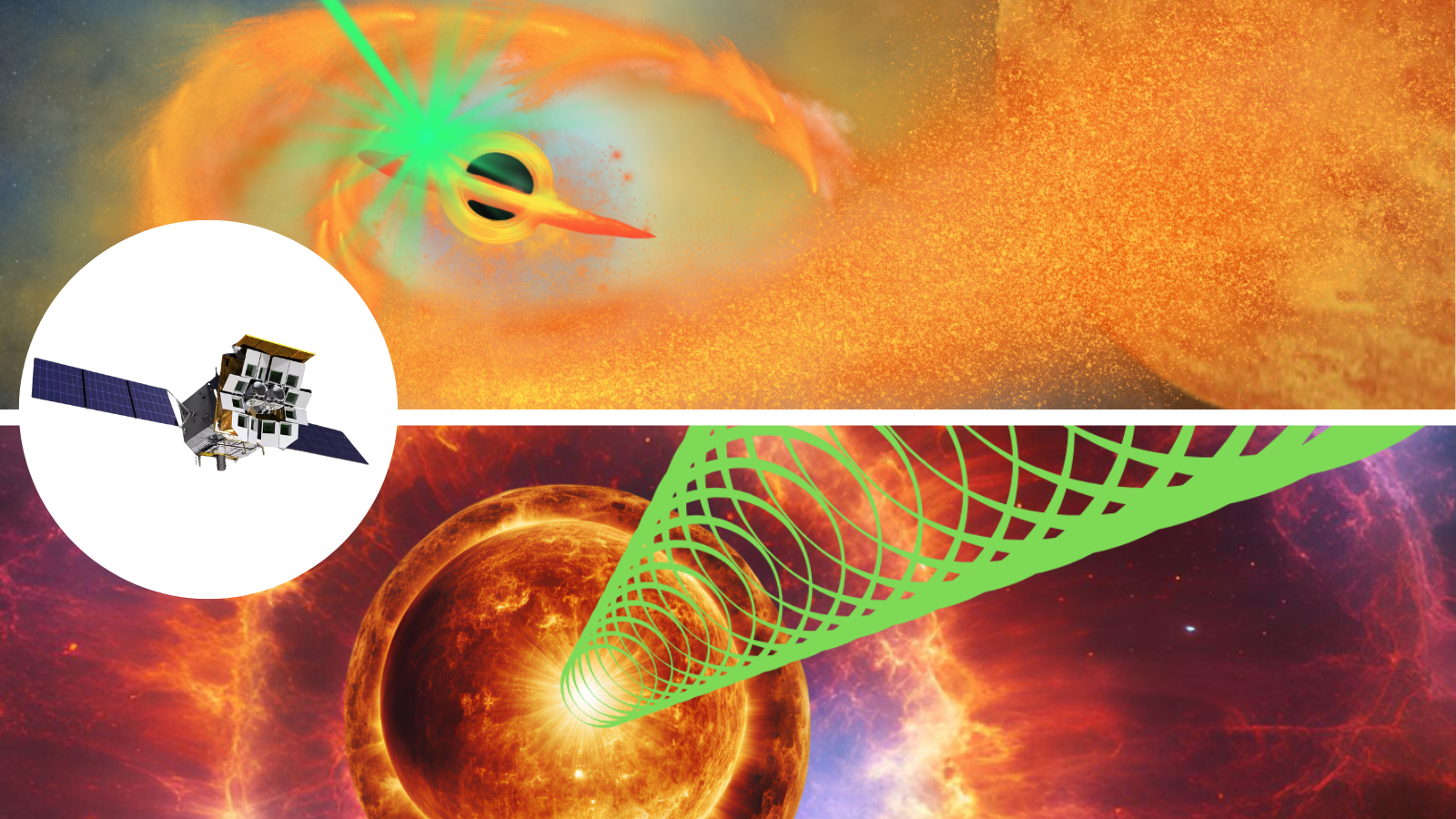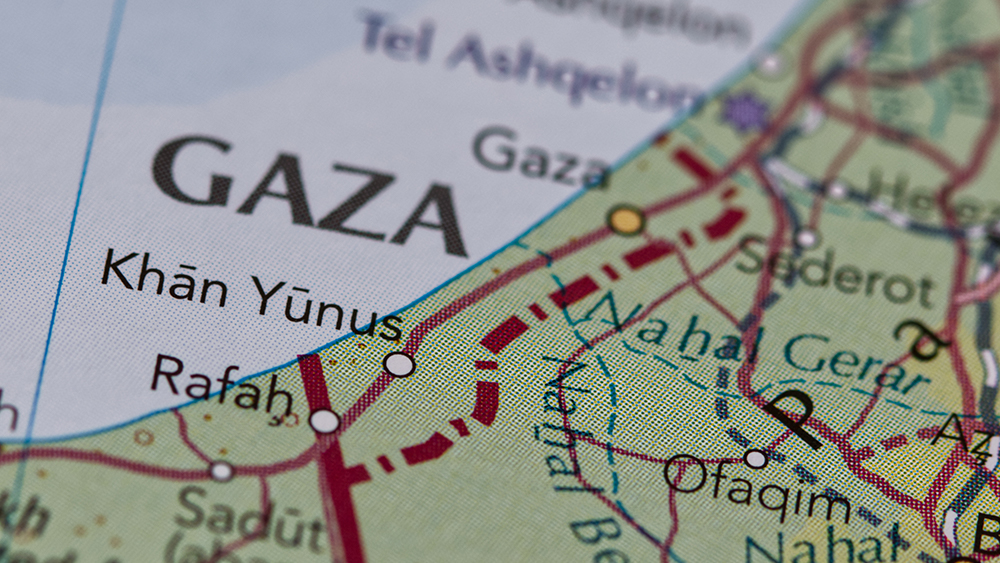Harnessing AI for Aviation Safety
The integration of AI in aviation safety is becoming increasingly crucial, especially with the growing air traffic, the ever-present issues of human error, and increasing demands on pilots. While air travel remains one of the safest modes of transportation, recent tragic incidents and numerous close calls underscore the need for more advanced safety measures. The fatal midair collision last week between an Army UH-60 Black Hawk helicopter and an American Airlines passenger jet moments away from landing at Washington, D.C.’s Reagan National Airport has shocked the aviation industry. How could such a tragic incident occur despite the numerous safety protections and multiple layers of oversight? The mid-air collision is the deadliest air disaster on U.S. soil since November 12, 2001, when an American Airlines flight crashed in New York, killing all 260 people on board. While the air crash investigation is underway, and may take several weeks or months to conclude, early reports suggest that the crash may have been the result of human error. Potential miscommunication between air traffic control and the flight crews, as well as failure to properly identify and address flight path conflicts, could have led to the collision. Several other aviation incidents have been reported to be caused by human error. Can we reduce the human factor in aviation, and would that actually improve safety, or could it introduce new risks? Could AI be the key to minimizing these risks and enhancing safety in the skies? Despite concerns that pilots rely too heavily on autopilot systems, there’s still significant potential for AI to enhance flight safety. AI technologies could help identify potential risks earlier, support more informed decision-making, and alleviate pilot workload, helping to prevent accidents before they occur. Researchers at the MIT Computer Science and Artificial Intelligence Laboratory (CSAIL) have developed the Air-Guardian system as a proactive copilot, combining human intuition and machine precision to enhance safety. Unlike the typical autopilot system, the Air-Guardian is based on understanding attention. Pilots often have to contend with information from multiple sensors, especially during critical moments of the flight. As their attention is divided, the risk of human error increases dramatically. The Air-Guardian system uses eye-tracking technology to better understand what the pilot is focusing on. This helps the computer make better decisions that are in line with what the pilot is doing or intends to do. The eye-tracking technology is based on liquid neural networks that analyze images and interpret pilot attention. The system also adapts based on the situation's demands. "An exciting feature of our method is its differentiability," says MIT CSAIL postdoc Lianhao Yin, a lead author on a new paper about Air-Guardian. "Our cooperative layer and the entire end-to-end process can be trained. We specifically chose the causal continuous-depth neural network model because of its dynamic features in mapping attention.” “Another unique aspect is adaptability. The Air-Guardian system isn't rigid; it can be adjusted based on the situation's demands, ensuring a balanced partnership between human and machine." The MIT researchers believe that Air-Guardian could have broader applications beyond aviation. It could be used to improve safety in cars, drones, and robotics. Southwest Airlines is using an AI tool developed by startup AIXI to “auto-code” repairs for its 800-aircraft fleet. The AI tool creates and analyzes a database of discrepancies and suggests repairs or maintenance services for the fleet. The data generated by the AI tool helps Southwest Airlines engineers easily extract data on defects, repairs, or trends based on various factors such as ATA codes or the types of problems encountered. More than six years of Southwest’s maintenance history on hundreds of Boeing 737s has already been auto-coded. Traditionally, these processes would be completed manually. Automating them has helped the airlines improve efficiency and safety. GE Aerospace is using AI to monitor its commercial engines and gather digital insights to identify any predictive maintenance measures that can boost quality. “We’re using advanced AI and machine learning (ML) driven models to increase the number of conditions that can be monitored with even greater accuracy. This has enabled us to achieve a 60 percent earlier lead time in identifying preventative maintenance recommendations, a 45 percent increase in detection rates, and cut the number of false alerts in half over the past decade.” AI is also playing a greater role in air traffic management helping controllers analyze complex data to improve flight scheduling, routing, and traffic flow, reducing the risk of mid-air collisions and enhancing overall airspace safety. Reports from the International Air Transport Association (IATA) and the European Union Aviation Safety Agency (
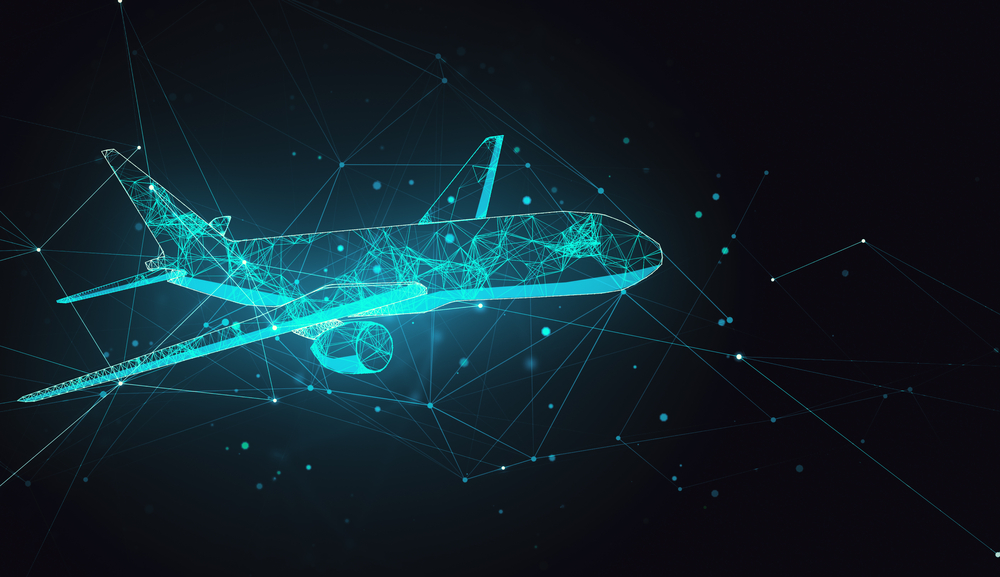
The integration of AI in aviation safety is becoming increasingly crucial, especially with the growing air traffic, the ever-present issues of human error, and increasing demands on pilots. While air travel remains one of the safest modes of transportation, recent tragic incidents and numerous close calls underscore the need for more advanced safety measures.
The fatal midair collision last week between an Army UH-60 Black Hawk helicopter and an American Airlines passenger jet moments away from landing at Washington, D.C.’s Reagan National Airport has shocked the aviation industry.
How could such a tragic incident occur despite the numerous safety protections and multiple layers of oversight? The mid-air collision is the deadliest air disaster on U.S. soil since November 12, 2001, when an American Airlines flight crashed in New York, killing all 260 people on board.
 While the air crash investigation is underway, and may take several weeks or months to conclude, early reports suggest that the crash may have been the result of human error. Potential miscommunication between air traffic control and the flight crews, as well as failure to properly identify and address flight path conflicts, could have led to the collision.
While the air crash investigation is underway, and may take several weeks or months to conclude, early reports suggest that the crash may have been the result of human error. Potential miscommunication between air traffic control and the flight crews, as well as failure to properly identify and address flight path conflicts, could have led to the collision.
Several other aviation incidents have been reported to be caused by human error. Can we reduce the human factor in aviation, and would that actually improve safety, or could it introduce new risks? Could AI be the key to minimizing these risks and enhancing safety in the skies?
Despite concerns that pilots rely too heavily on autopilot systems, there’s still significant potential for AI to enhance flight safety. AI technologies could help identify potential risks earlier, support more informed decision-making, and alleviate pilot workload, helping to prevent accidents before they occur.
Researchers at the MIT Computer Science and Artificial Intelligence Laboratory (CSAIL) have developed the Air-Guardian system as a proactive copilot, combining human intuition and machine precision to enhance safety. Unlike the typical autopilot system, the Air-Guardian is based on understanding attention.
Pilots often have to contend with information from multiple sensors, especially during critical moments of the flight. As their attention is divided, the risk of human error increases dramatically. The Air-Guardian system uses eye-tracking technology to better understand what the pilot is focusing on. This helps the computer make better decisions that are in line with what the pilot is doing or intends to do. The eye-tracking technology is based on liquid neural networks that analyze images and interpret pilot attention. The system also adapts based on the situation's demands.
"An exciting feature of our method is its differentiability," says MIT CSAIL postdoc Lianhao Yin, a lead author on a new paper about Air-Guardian. "Our cooperative layer and the entire end-to-end process can be trained. We specifically chose the causal continuous-depth neural network model because of its dynamic features in mapping attention.”
 “Another unique aspect is adaptability. The Air-Guardian system isn't rigid; it can be adjusted based on the situation's demands, ensuring a balanced partnership between human and machine."
“Another unique aspect is adaptability. The Air-Guardian system isn't rigid; it can be adjusted based on the situation's demands, ensuring a balanced partnership between human and machine."
The MIT researchers believe that Air-Guardian could have broader applications beyond aviation. It could be used to improve safety in cars, drones, and robotics.
Southwest Airlines is using an AI tool developed by startup AIXI to “auto-code” repairs for its 800-aircraft fleet. The AI tool creates and analyzes a database of discrepancies and suggests repairs or maintenance services for the fleet.
The data generated by the AI tool helps Southwest Airlines engineers easily extract data on defects, repairs, or trends based on various factors such as ATA codes or the types of problems encountered. More than six years of Southwest’s maintenance history on hundreds of Boeing 737s has already been auto-coded. Traditionally, these processes would be completed manually. Automating them has helped the airlines improve efficiency and safety.
GE Aerospace is using AI to monitor its commercial engines and gather digital insights to identify any predictive maintenance measures that can boost quality.
“We’re using advanced AI and machine learning (ML) driven models to increase the number of conditions that can be monitored with even greater accuracy. This has enabled us to achieve a 60 percent earlier lead time in identifying preventative maintenance recommendations, a 45 percent increase in detection rates, and cut the number of false alerts in half over the past decade.”
 AI is also playing a greater role in air traffic management helping controllers analyze complex data to improve flight scheduling, routing, and traffic flow, reducing the risk of mid-air collisions and enhancing overall airspace safety.
AI is also playing a greater role in air traffic management helping controllers analyze complex data to improve flight scheduling, routing, and traffic flow, reducing the risk of mid-air collisions and enhancing overall airspace safety.
Reports from the International Air Transport Association (IATA) and the European Union Aviation Safety Agency (EASA) highlight a dramatic rise in GPS interference. To provide more resilient navigation solutions, SandboxAQ’s AQNav system combines AI with magnetic navigation)to provide an alternative positioning system, making it highly useful in GPS-denied environments. While testing has been successful, the tool awaits compliance with international flight standards before commercial adoption.
Several other companies and startups are working on elevating the power of AI to enhance aviation safety. With ongoing innovation and regulatory support, AI’s impact on aviation safety will only expand in the years to come.


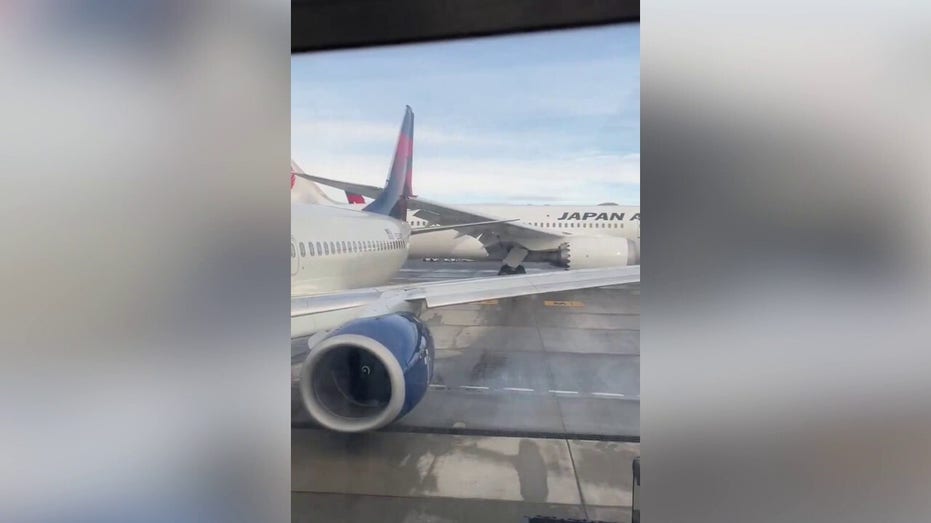








![How to Build Scalable Access Control for Your Web App [Full Handbook]](https://cdn.hashnode.com/res/hashnode/image/upload/v1738695897990/7a5962ce-9c4a-4e7c-bdeb-520dccc5d240.png?#)









